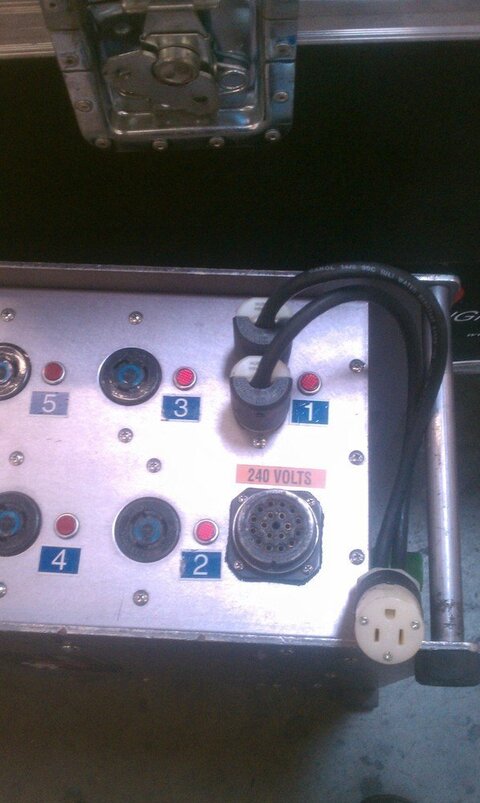ProgrammerInTraining
Member
I'm not a master electric or anything but I'm not completely oblivious to electrical (I think). I can calculate amps and all that good stuff but I have some questions about 3phase power, particularly when it comes to 2 phases joining to give higher voltage, i've been told two phases put together will give you 208, I've even got on the multimeter and put it hot to hot and it does give me 211v (not exactly 208 but it will have to due) I was sold on that. But now Ive been seeing some PD's that give 240v, see the picture I've added below, hmm 120+120= 240 makes sense to me. as a matter of fact I've had some fixtures that I had to use a 3 wire cam (hot, hot, ground) to 100amp 240v bates adapter, how does it get 240 and not 208? this is making me think theres some funny business going on. Also as you can see in the picture below one of the breakers is for 2 edison plugs so I made an adapter to see if it will give me 208. any clarification will be appreciated. Thank you.

http://oi41.tinypic.com/5npv9y.jpg

http://oi41.tinypic.com/5npv9y.jpg
Last edited by a moderator:


